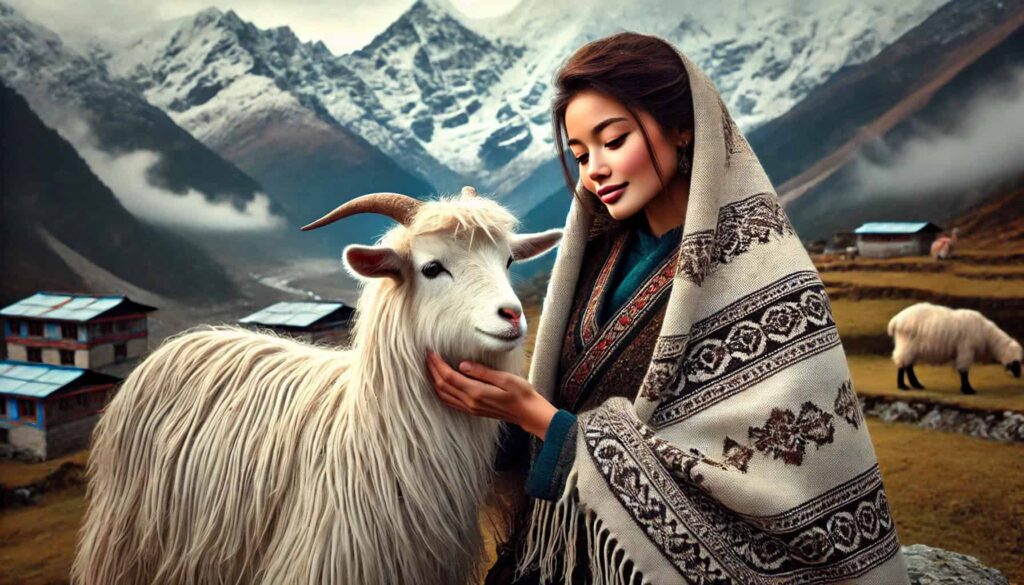What is a Pashmina Shawl?
A Pashmina shawl is a handcrafted garment woven from the ultra-fine fibers of Pashmina wool. It may also include blends with silk (commonly 70% Pashmina, 30% silk) to enhance its sheen and durability. These shawls are celebrated for their exquisite softness, intricate designs, and timeless appeal, making them both a fashion statement and a cultural emblem.
What is Pashmina?
Pashmina, derived from the Persian word pashm meaning “wool,” is a luxurious textile sourced from the undercoat of the Changthangi goat, native to the Himalayan region. This fine wool is renowned for its softness, warmth, and lightweight properties. While often referred to interchangeably with cashmere, Pashmina fibers are typically finer, ranging between 12 and 16 microns, compared to the 12–21 microns of standard cashmere.
How is the Pashmina Shawl Produced?
Harvesting and Preparation
Pashmina wool is collected during the spring molting season when the goats naturally shed their undercoat. Artisans comb the goats to gather the fine wool without harming the animal. Each goat produces only 80–170 grams of usable wool annually, making Pashmina a rare and precious resource.
Traditional Production Process
- Combing and Cleaning: The raw wool is carefully cleaned to remove impurities and guard hairs.
- Spinning: Skilled craftsmen hand-spin the wool into fine threads.
- Weaving: Using traditional looms, artisans weave the threads into fabric.
- Finishing: Shawls are often embellished with intricate hand embroidery, showcasing the artistry of Kashmiri craftspeople.
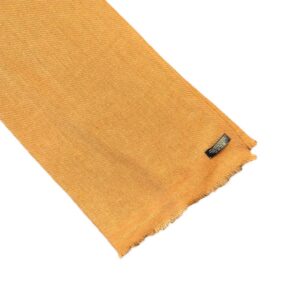
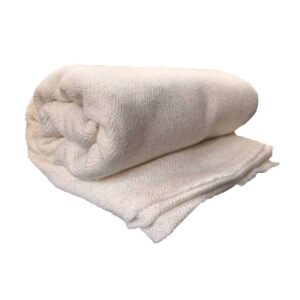
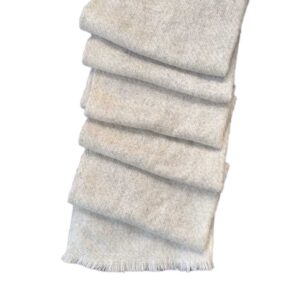
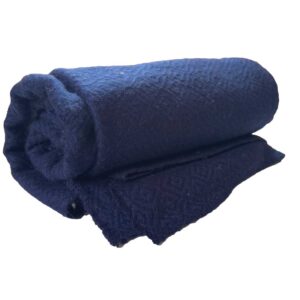
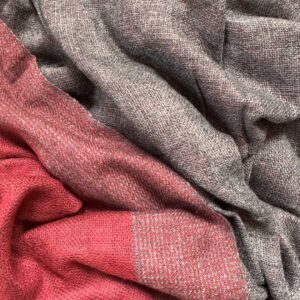
Importance of Pashmina Shawls
These shawls are not only valued for their quality but also for the painstaking craftsmanship behind them. A single shawl can take over 180 hours to produce, making each piece a labor of love.
History of Pashmina
Pashmina has a legacy that dates back to ancient times. Wool fibers believed to be Pashmina were found in artifacts from the Indus Valley Civilization. However, its prominence grew during the Mughal era. In the 16th century, Mughal emperors like Akbar incorporated Pashmina shawls into royal ceremonies, gifting them as khil’at (robes of honor). These shawls became symbols of rank and nobility.
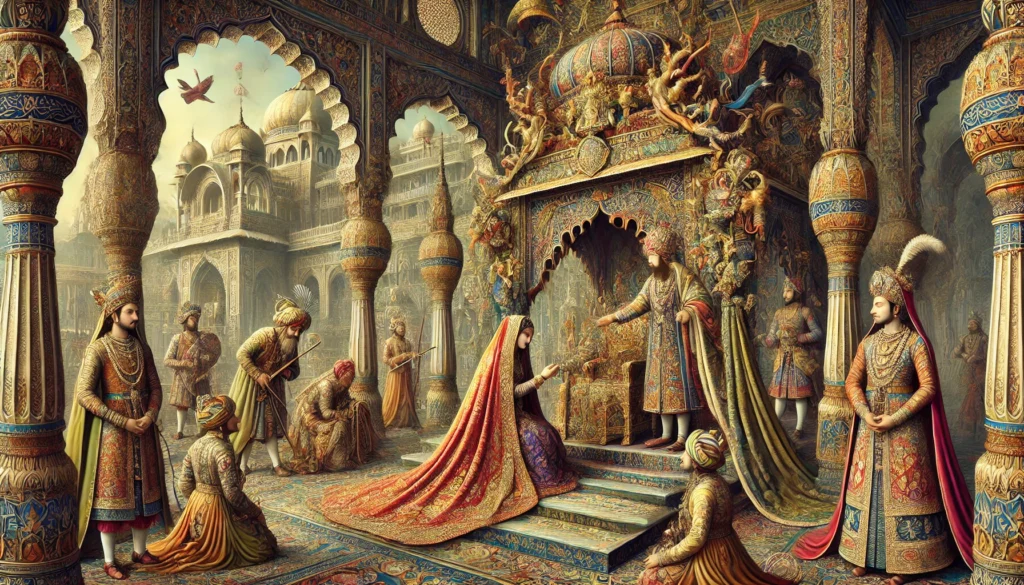
In Europe, these shawls gained fame through Empress Joséphine de Beauharnais, wife of Napoleon Bonaparte, who popularized them in France. Their intricate designs and warmth suited European tastes and solidified Pashmina as a status symbol among the bourgeoisie.
These shawls also held cultural significance in South Asia, often included in dowries and passed down as heirlooms. Their association with wealth, tradition, and artistry has endured for centuries.
Click Here to Order Pashmina From Us (Raagari)
Why Invest in a Genuine Pashmina Shawl?
A genuine Pashmina shawl is more than just an accessory; it is a symbol of heritage, craftsmanship, and luxury. Investing in authentic Pashmina supports traditional artisans while offering you a versatile, timeless garment that embodies elegance and sophistication.
Declaimer: This Research is Based in Today’s Wikipidea
FAQs
1. Is Pashmina made in Nepal?
Yes, Nepal is one of the primary producers of authentic Pashmina, particularly in regions like Kathmandu and Pokhara, where skilled artisans continue this centuries-old tradition.
2. What is so special about a Pashmina shawl?
Its softness, warmth, lightweight nature, and intricate designs make Pashmina shawls unique and highly coveted.
3. How to wear a Pashmina shawl with a dress?
- For an elegant look, drape it loosely over your shoulders.
- Create a modern style by wrapping it around your neck.
- Wear it asymmetrically for a chic and sophisticated appearance.
4. What is 100% Pashmina made of?
It is made entirely from the undercoat of the Himalayan Changthangi goat, without any synthetic or wool blends.
5. How to identify a real Pashmina shawl?
- Fiber Test: Genuine Pashmina fibers are soft, fine, and slightly irregular in weave.
- Burn Test: Authentic Pashmina burns like hair and smells similar.
- Certification: Look for labels indicating 100% Pashmina or cashmere-silk blends.

